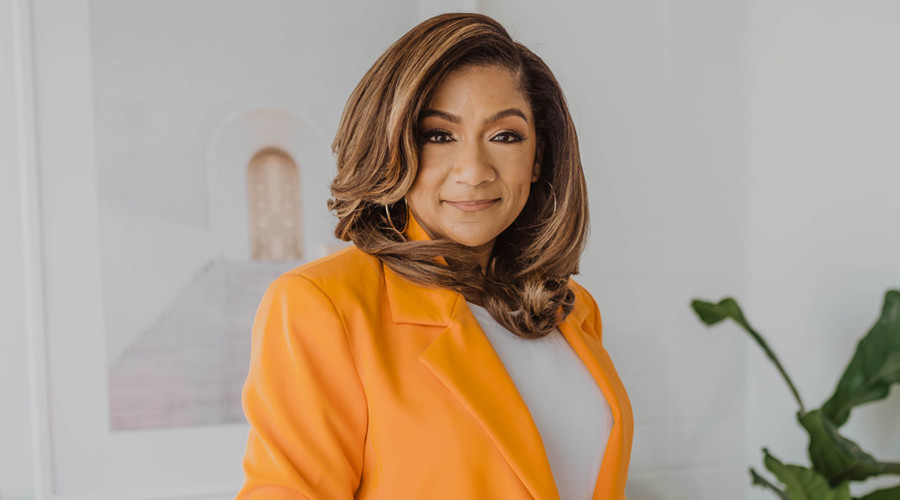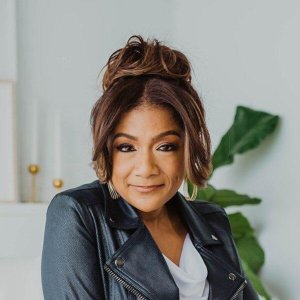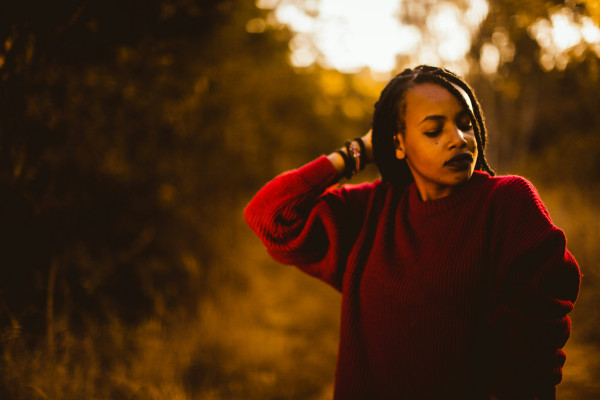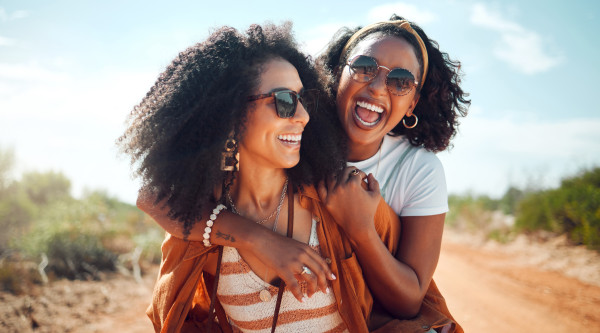While it may seem complimentary at first glance, this phrase carries deeper, more complex implications.
When taken beyond its surface-level meaning, "Black don’t crack" reveals itself as both a celebration and a reduction of Black people, particularly Black women, to our physical appearance and perpetuates stereotypes while oversimplifying Black identity.
The Origins of “Black Don’t Crack”
The phrase "Black don’t crack" is most commonly used to refer to the physical resilience of Black skin. It highlights the perception that Black people, particularly women, tend to maintain a youthful appearance longer than our white counterparts. This belief stems from the biological fact that Black skin contains more melanin, which provides some natural protection from sun damage and the early onset of wrinkles. In this context, melanin is often credited with creating the illusion of agelessness, and "Black don’t crack" emerged as a short, catchy expression that captures this idea.
The roots of this phrase lie in a long history of how Black people—and Black women especially—have been viewed through a lens that focuses primarily on our physical attributes. From slavery to the modern-day beauty industry, Black bodies have been both fetishized and objectified, frequently discussed in terms of our durability, strength, and outward appearance. The ‘compliment’ "Black don’t crack," draws from these objectifying trends, as it emphasizes a perceived physical superiority over other racial groups rather than recognizing Black individuals for our internal qualities, achievements, and complexity.
This stereotype dates back to slavery, where Black bodies were treated as though they were inherently more robust and durable than those of white people. "Black don’t crack," with its emphasis on the supposed invincibility of Black skin, taps into this legacy of viewing Black bodies as different and less vulnerable than those of other racial groups.
A Celebration of Black Beauty
It’s essential to acknowledge that for many people, especially within the Black community, "Black don’t crack" has become a positive phrase that celebrates Black beauty and resilience.
Many Black women, who have historically been excluded from societal definitions of beauty, find empowerment in the phrase. It’s a way of celebrating the unique characteristics of Black features and skin, and for some, it’s a form of resistance against Eurocentric beauty norms that prioritize light skin, straight hair, and thinness. When used by Black people to praise one another, it can serve as a reminder of the beauty inherent in melanin-rich skin—an acknowledgment that our bodies are beautiful as they are, without the need for anti-aging procedures.
For older Black women, hearing "Black don’t crack" can be a reassuring compliment in a world that often devalues women as we age. In this sense, the phrase can boost self-esteem, reinforcing the idea that aging gracefully is a reality for Black people.
However, the focus on youthful appearance implies that aging is something negative, something to be avoided or concealed. By highlighting the idea that Black people don’t visibly age, the phrase plays into a broader societal obsession with youth and beauty, an obsession that disproportionately affects women. This focus can feel incredibly oppressive to Black women, who are often expected to maintain a flawless appearance, regardless of the challenges we face in our personal and professional lives. Aging is a natural part of life, and the pressure to "not crack" can lead to unrealistic beauty standards that place unnecessary burdens on Black women.
Additionally, this emphasis on outward appearance erases the experiences of Black people who do not conform to the stereotype. Not every Black person has smooth, wrinkle-free skin, and the phrase can create a sense of exclusion for those who age differently or face different challenges. By holding up a singular standard of beauty, "Black don’t crack" contributes to the erasure of the diversity within Black communities.
Recently, a woman approached me at an event and asked what skincare products I use to maintain my youthful appearance. I smiled because while I do take care of my skin, I attribute most of my so-called agelessness to something deeper: joy, gratitude, optimism, and “speaking truth to power”. I told her, “It’s an inside job.” These are qualities that have carried me through difficult times and allowed me to thrive, not just survive. Our skin can be a reflection of what’s going on inside, emotionally and mentally. No amount of skincare products can make up for a lack of joy or the burdens of stress.
Health Implications: A Mask for Real Struggles
Beyond the aesthetic focus, the phrase can also mask real health issues faced by Black communities. The emphasis on physical appearance can obscure the fact that Black people often face higher rates of serious health conditions, including hypertension, diabetes, and heart disease. These conditions can lead to premature aging and other physical symptoms that challenge the idea that "Black don’t crack."
Black women are particularly vulnerable to the pressures of maintaining a flawless appearance. They often face the combined stresses of systemic racism, gender discrimination, and, for many, socioeconomic hardship. The need to project an image of unshakable strength and beauty can lead to burnout and mental health struggles, as the expectation to "never crack" becomes more than just skin deep. It becomes a challenge to our mental and emotional health.
The phrase can contribute to the illusion that Black individuals are impervious to the toll that life takes on our bodies. This misconception can contribute to a lack of understanding about the physical and emotional challenges we face as Black people, making it harder to address these issues in a meaningful way.
Black people are more than our skin and our ability to look youthful. We are complex individuals with rich inner lives, unique experiences, and valuable contributions to make to the world. By focusing solely on outward appearance, we ignore the full humanity of Black individuals and we are reduced to caricatures and a narrow set of expectations.
As a Black woman aging in predominantly white spaces, I’m often reminded that the world doesn’t see me as just a woman—it sees me as a Black woman, with all the assumptions and stereotypes that come with that identity. People expect me to be strong, resilient, and ageless—qualities that are often glorified through the phrase “Black don’t crack.” While I embrace the beauty of my skin and the pride in aging gracefully, I’ve had to confront the deeper issue: that Black women are often valued for their ability to endure and mask our vulnerabilities. Our aging experience is unique because it sits at the intersection of race and gender, and society often ignores the pressures we face.
Black people age, just like everyone else, and that aging process is not something to be hidden or downplayed. Rather, it should be honoured as a testament to the challenges we’ve faced and the wisdom we have gained.
Black people should be able to age without feeling pressured to meet unrealistic standards of youthfulness. We should honour the aging process and recognize the strength, wisdom, and experience that come with it. It’s time to shift the focus from our skin to our well-being. As a mental health advocate, I encourage Black people, women in particular, to embrace all parts of themselves, including the parts that society tells us to hide: our fears, our vulnerabilities, and yes, even our wrinkles.

 By
By 








